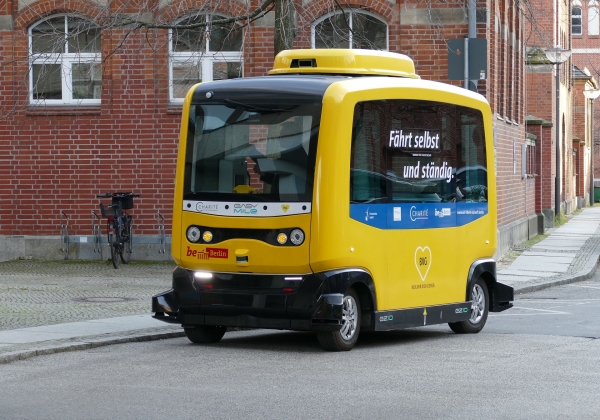When we think of getting on the road in our cars, our first thoughts may not be that fellow drivers are particularly safe or careful — but human drivers are more reliable than one may expect. For each fatal car crash in the United States, motor vehicles log a whopping hundred million miles on the road.
Human reliability also plays a role in how autonomous vehicles are integrated in the traffic system, especially around safety considerations. Human drivers continue to surpass autonomous vehicles in their ability to make quick decisions and perceive complex environments: Autonomous vehicles are known to struggle with seemingly common tasks, such as taking on- or off-ramps, or turning left in the face of oncoming traffic. Despite these enormous challenges, embracing autonomous vehicles in the future could yield great benefits, like clearing congested highways; enhancing freedom and mobility for non-drivers; and boosting driving efficiency, an important piece in fighting climate change.
MIT engineer Cathy Wu envisions ways that autonomous vehicles could be deployed with their current shortcomings, without experiencing a dip in safety. “I started thinking more about the bottlenecks. It’s very clear that the main barrier to deployment of autonomous vehicles is safety and reliability,” Wu says.
Read more at Massachusetts Institute of Technology


